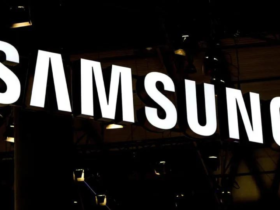Samsung has started producing ‘thinner’ QD-OLED displays. If this work is completed, the panel will be thinner than it is now, so rollable support must be made. According to a new announcement, Samsung Display has just started the development to develop a QD-OLED panel.
Stay tuned via SFCNation Telegram
The goal is to reduce the glass substrates used in QD-OLED panels from two to one. QD-OLED, which has been heavily developed by Samsung Display since last year, requires two glass substrates, a glass substrate for a thin film transistor (TFT) and a glass substrate for a color change coating.

If this Samsung display project is successful, one can expect a reduction in material costs and simplification of the process. The Samsung Display QD-OLED process is said to be much more complex than LG Display’s mass-produced White (W)-OLED.
Samsung to remove glass substrate for QD color conversion layer!
In addition, if the number of glass substrates is reduced to less than one, the panel becomes thinner and rollable supports are expected. The rollable OLED of the LG display also uses only a glass substrate.
LG display’s W-OLED, low-emission mode towards the TFT substrate, and currently the QD-color conversion layer like the Samsung display’s QD-OLED do not require a glass substitute because the color filter (CF) after the TFT is what they pile up process.
If the Samsung Display project is successful, it is expected to be implemented sequentially in QD-OLED in the future. This year, the QD-OLED of Samsung Display will be implemented in Samsung and Sony’s TVs and Dell’s monitors. The QD-OLED lineup includes 34-inch monitors and 55-inch and 65-inch TVs.
Assuming a QD-OLED yield of 70% this year, the QD-OLED panel product could be 880,000 units for TVs and 440,000 units for monitors. With a yield of 80%, it can produce 1.08 million units of TVs and 520,000 units of monitors.
(Via)


Leave a Reply